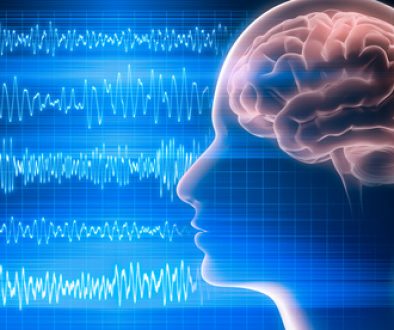TBI
The Brain Injury Association of America estimates that 2 percent of the population is disabled from TBI. In addition to mood disorders and anger problems, the common effects of TBI are problems with memory, agitation, anxiety, fatigue, comprehension, perseveration, motivation, reasoning, problem solving, rate of activity and concentration. One of the major contributions of neurotherapy to the treatment of TBI is to correctly identify injured areas of the brain. Kirtley Thornton and Dennis Carmody of the Center for Health Psychology and the University of Medicine and Dentistry of New Jersey report that quantitative EEG (QEEG) correctly identifies TBI in more than 90 percent of TBI cases. Joan, a 59 year old woman who suffered TBI after a fall, attempted to return to work but was eventually fired because she could not perform her tasks satisfactorily. She had problems with attention, memory, disorientation, retention of information, and was distracted by the normal background noise of a busy office. All of which resulted in her being dismissed. She had seen many specialists, and one physician even said she was a “symptom magnifier”. Dr. Alvah Byers, whose practice is in Colorado, used neurotherapy to treat Joan. After 31 sessions, Joan’s self-reported severity ratings improved for twenty-one of the twenty-three rated symptoms. Her abstract reasoning measures increased by 15.4 percent, errors on a cognitive task decreased by 77.2 percent, and her estimated IQ increased by 10 percent. She could visit friends without getting lost and play cards with her granddaughter, activities she had been unable to do for six years following her accident. PP. 33-37 Biofeedback for the Brain by Paul G. Swingle Ph.D. Questions? Treatment begins with a brain map QEEG. Call Fort Wayne Neurofeedback to set an appointment and ask questions. Ph. 260 432-8777



